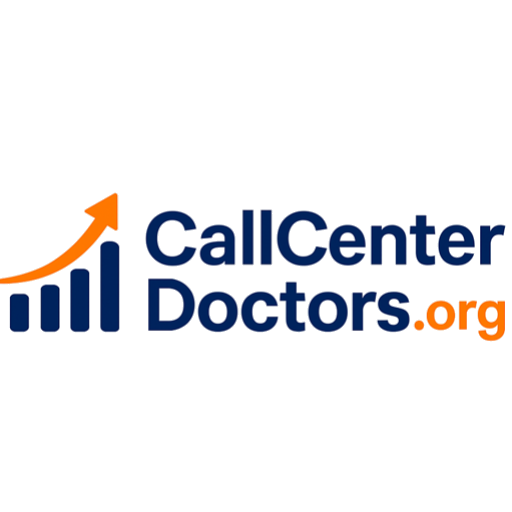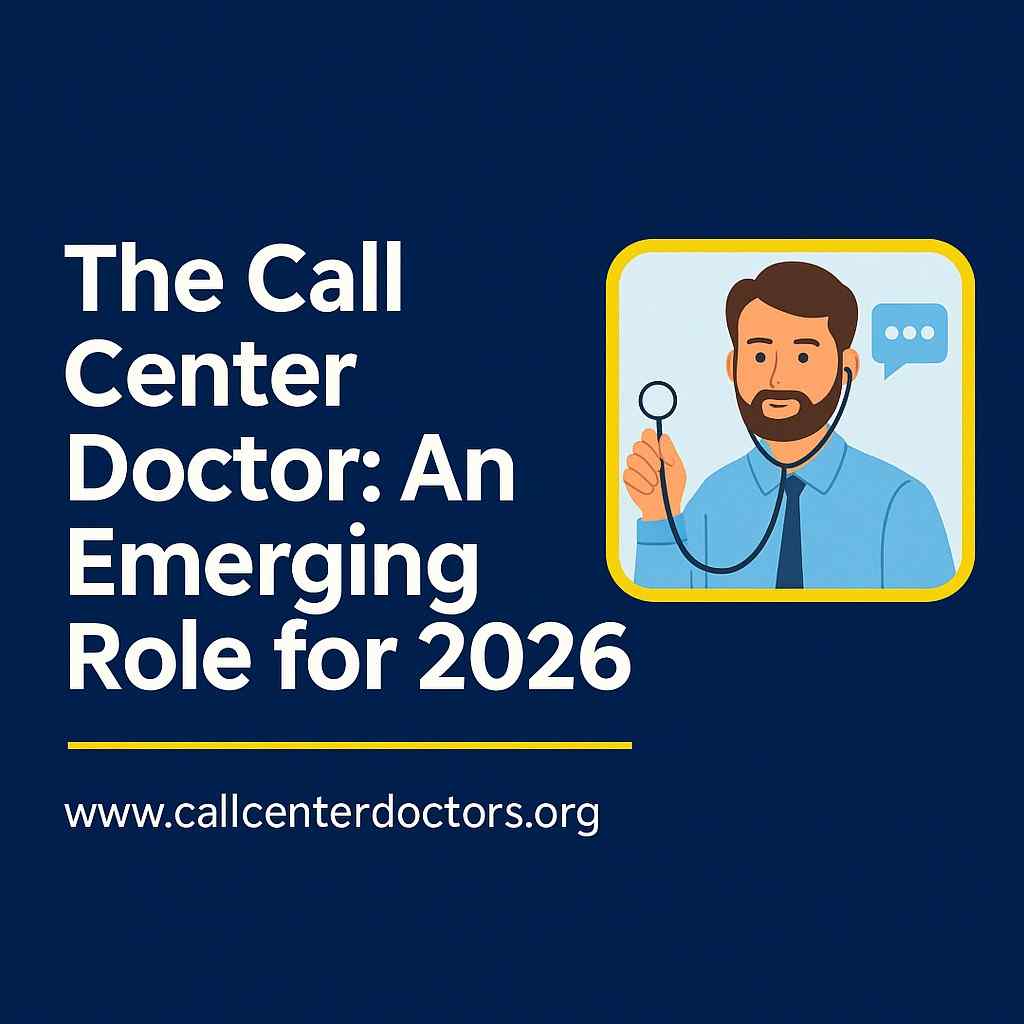The contact center industry is undergoing a transformation. As customer expectations evolve, AI becomes more integrated, and remote teams become the norm, contact centers must shift from reactive service units to proactive experience engines.
At Call Center Doctors, we track the trends, tools, and thought leaders shaping the industry. In 2026, we’re seeing a surge in roles and strategies focused on performance diagnostics, employee wellbeing, and data-driven operations—a shift that reflects how seriously organizations are treating customer experience.
One emerging framework gaining traction is a blend of CX strategist, operational analyst, and performance coach.
Let’s explore what this means—and how it ties into broader digital transformation trends, including the role of marketing in supporting smarter contact center outcomes.
2026: Contact Centers as Strategic Hubs
No longer just about answering phones, contact centers in 2026 serve as high-value intelligence hubs for the entire organization.
They gather raw voice-of-the-customer data, identify real-time sentiment shifts, and influence:
- Product development
- Policy improvements
- Marketing campaigns
- Brand reputation
This shift demands new roles, new thinking, and tighter integration across departments.
What Is a “Call Center Doctor” in Today’s Landscape?
The “call center doctor” isn’t a title—it’s a mindset. It describes professionals who:
- Diagnose breakdowns in agent performance or system workflows
- Prescribe training, scripting, or tech interventions
- Analyze data trends for continuous optimization
Think of it like this: in a world full of dashboards, we still need human judgment. The call center doctor bridges AI, empathy, and strategy.
Their toolkit includes:
- Real-time analytics dashboards
- Speech and sentiment analysis
- Script adherence and flow auditing
Tying In Digital Marketing: A Shared Diagnosis Model
Here’s where it gets interesting.
Digital marketing and contact centers have more in common than most realize. Both are focused on messaging, conversion, and customer journey continuity. In 2026, smart organizations are creating integrated workflows between their marketing and contact center teams.
Why? Because the top of the funnel impacts everything downstream.
When marketing sets false expectations, agents pay the price. When contact centers spot emerging objections or needs, marketers need to know.
This is where working with data-driven marketing teams becomes vital, Agencies like Nectar Agency specialize in high-conversion digital marketing strategies.
Trends We’re Watching at Call Center Doctors
As we document the evolution of the industry, here are a few trends our editorial team is closely monitoring:
- Agent Assist AI: Real-time co-pilots for agents, offering suggestions and compliance nudges
- Outcome-Based Metrics: Moving beyond handle time to focus on long-term customer value
- Embedded Marketing Intelligence: Campaign data layered into scripting tools
Agent Experience (AX): Treating agent satisfaction as a leading indicator of CX
These trends reflect the growing sophistication of the contact center—no longer just an operational necessity, but a core pillar of business strategy.
As the contact center matures, roles like the “call center doctor” represent a broader shift: from transactional support to strategic, insight-led service design.
At Call Center Doctors, we’ll be here to document it all.
Whether you’re running a global operation or managing a small support team, now’s the time to reimagine what your contact center can be.And maybe, it starts with calling in the doctor.

